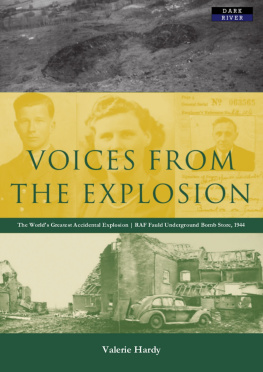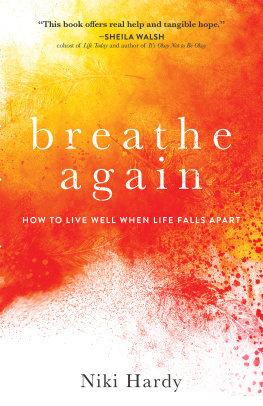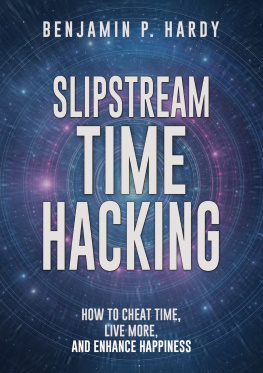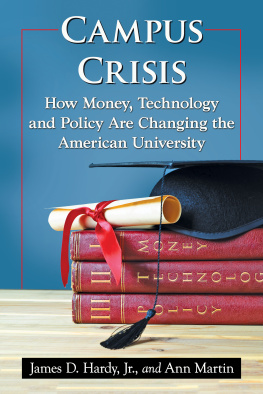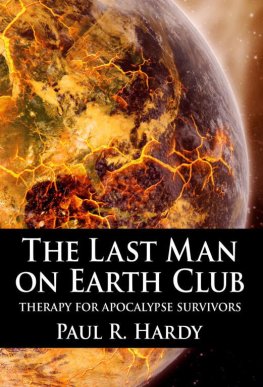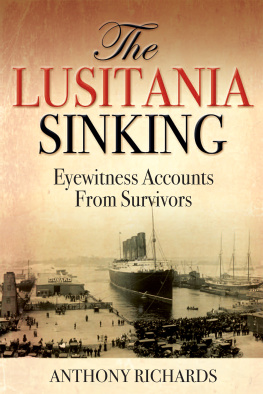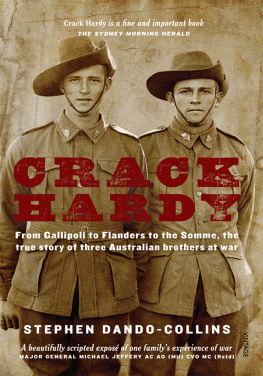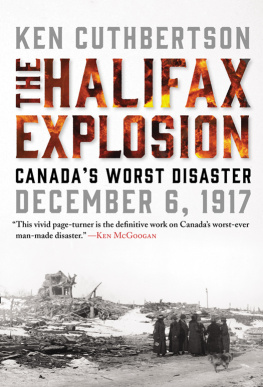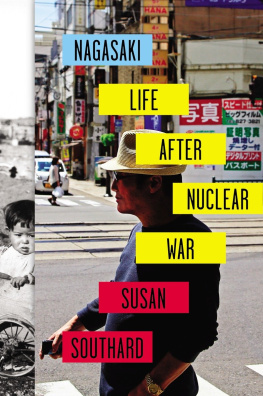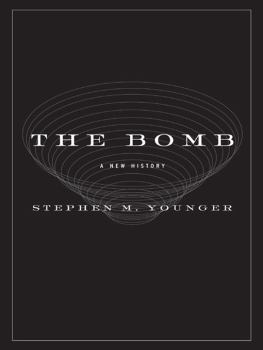VOICES FROM THE EXPLOSION: The Worlds Greatest Accidental Explosion | RAF Fauld Underground Bomb Store, 1944
*
* *
*
Valerie Hardy
*
* *
*
[Smashwords Edition]
*
* *
*

*
* *
*
Dedicati o n
This book is dedicated to the memory of the victims and survivors of the Fauld Explosion.
Published in 2015 by Dark River, an imprint of Bennion Kearny Limited. Originally published by Guidelines Books.
The rights of Valerie Hardy as author of this work have been asserted by her in accordance with the Copyright, Design and Patents Act, 1988.
ISBN: 978-1-911121-06-0
All Rights Reserved. Dark River has endeavoured to provide trademark information about all the companies and products mentioned in this book by the appropriate use of capitals. However, Dark River cannot guarantee the accuracy of this information.
Published by Dark River, Bennion Kearny Limited, 6 Woodside, Churnet View Road, Oakamoor, Staffordshire, ST10 3AE
www.BennionKearny.com
PREFACE AND ACKNOWLEDGEMENTS
The Fauld Explosion made history and changed geography. The sixth year of war has been noteworthy for by far the biggest explosion to have occurred in these islands.
Whilst staring into the deep, circular crater of Lochnagar near La Boiselle, Albert, France, I made a decision. It was early June 2007 when returning from a family holiday that my husband, a member of the Western Front Association, bribed us with the promise of an excellent dinner and a stay at a fine hotel if he could introduce us to the First World War Somme battlefields. As we stood on the rim of the Lochnagar crater, La Grande Mine, site of the largest of the mines which exploded on the opening day of the Somme offensive, he recounted the events of 1 July, 1916. My thoughts however, as I observed our granddaughters walking around the crater, turned to another explosion, another crater, another war, another time, and two other sisters of a similar age two generations earlier.
In 1944 my sister and I had also stared down into a vast and awe-inspiring crater and had known, for the very first time, a highly personal sense of loss. We had gazed down into the depths of a war grave like none other in England. In both circumference and depth it was a significantly larger crater than that of Lochnagar and the surrounding landscape had been totally transformed to the extent that it has been described as resembling a Somme battlefield.
This was the Fauld crater on the Stonepit Hills located near my childhood home of Fauld House Farm in the middle Dove valley in rural East Staffordshire. This crater, estimated at nearly three-quarters of a mile long, half a mile wide and around a hundred feet deep covered an area of twelve acres. Its creation dictated the editing of the Ordnance Survey map. It was the site of the biggest pre-nuclear man-made explosion of the Second World War and the worlds largest accidental blast. The Fauld explosion made history and changed geography. The explosion had occurred at eleven minutes past eleven on Monday 27 November, 1944. In Casablanca, fifteen hundred miles away, seismographs variously registered the detonation as being between 4 to 5 and 5 to 7 kilotons. However, this explosion was experienced in an area far removed from the theatres of war and is now largely unknown. Outside of the local area the Fauld crater remains forgotten.
The explosion at Fauld occurred at a time when the Luftwaffes major bombing raids on Britains cities had long since ended and been replaced by V1 and V2 attacks. Bomber Command had the Ruhr and Berlin in its sights as prime targets and no-one expected the war to last much longer. Wartime censorship meant that an explosion occurring at what was Britains major underground ammunition depot was little reported at the time and the findings of the secret military court of inquiry, which had endeavoured to determine the cause or causes of the explosion, were not made public for thirty years. Nearly seventy years later, apart from those who were living close to the scene, most people remain completely unaware of the catastrophe which struck in a rural area of understated beauty in the heart of England; a catastrophe which profoundly affected the people of the village of Hanbury and surrounding farms. It was at Lochnagar that I resolved to fulfil a long-held aspiration to record the testimonies of those who had experienced Britains biggest explosion before those memories are lost for ever. Additionally, in ensuring that those voices remain silent no longer, to recapture the impact it made on the close community of the village where I grew up: the village of Hanbury in whose church of St Werburgh I was married and to which I returned for the christening of our daughter Clare.

Aerial view of the crater after the explosion. Courtesy of the Imperial War Museum

Aerial View of the crater and the Dove valley. Courtesy of the IWM

Hand-painted map of Hanbury by Audrey Hardwick, 1970. The eastern part of the village was devastated in 1944 by the explosion of a bomb dump in old mine workings. Courtesy of Audrey Hardwick
The terrifying suddenness with which the Second World War came to the village and surrounding farms, on a bright Monday morning in November 1944, changed lives and a landscape for ever. The destruction of our other Eden, my demi-paradise made a powerful impact on my eight-year-old self: I was catapulted into recognition that the war, with which I was growing up, was not simply somewhere out there happening to people unknown. It marked the first stage of a loss of innocence. For others, including the child who was my closest friend and who has told me since that she has blocked out her memories, the impact was far more traumatic. The Fauld explosion, which had such a profound impact on family, friends and the whole community of Hanbury, appears to have had very little resonance across the nation. However, for many of those who have recalled their personal experiences the memories remain remarkably vivid, and in telling of a disaster the nation forgot a lost world is recaptured.
Voices From The Explosion, focusing on the experiences of the people who were there, pays homage to a particular time and place in wartime Britain. Through their memories it recalls a story with a mystery at its core: a story which remained secret for many years. The testimonies and eye-witness accounts of those who lived through the disaster reveal many stories of heroism as well as tragedy. Peoples voices reveal the previously untold story in their own words. It is a story seen through different windows of memory, the memories of those who were there.
The true cause of the Fauld explosion will remain a mystery for all time: those who would have been able to confirm the cause were amongst its victims. Although it will never be possible to be definitive regarding the reason, the facts, as far as they can be determined, are known but the testimonies of those most affected are not. Peoples testimonies of their own experiences are naturally subjective and memories can be fallible but I have endeavoured to cross-reference these wherever possible. Voices does not pretend to be an empirical verification of narrative history dealing principally with technical issues and explanations of what occurred. That has been written up by others more qualified than me. However, it is useful for the reader to appreciate the context and framework within which the peoples experiences are recorded.

